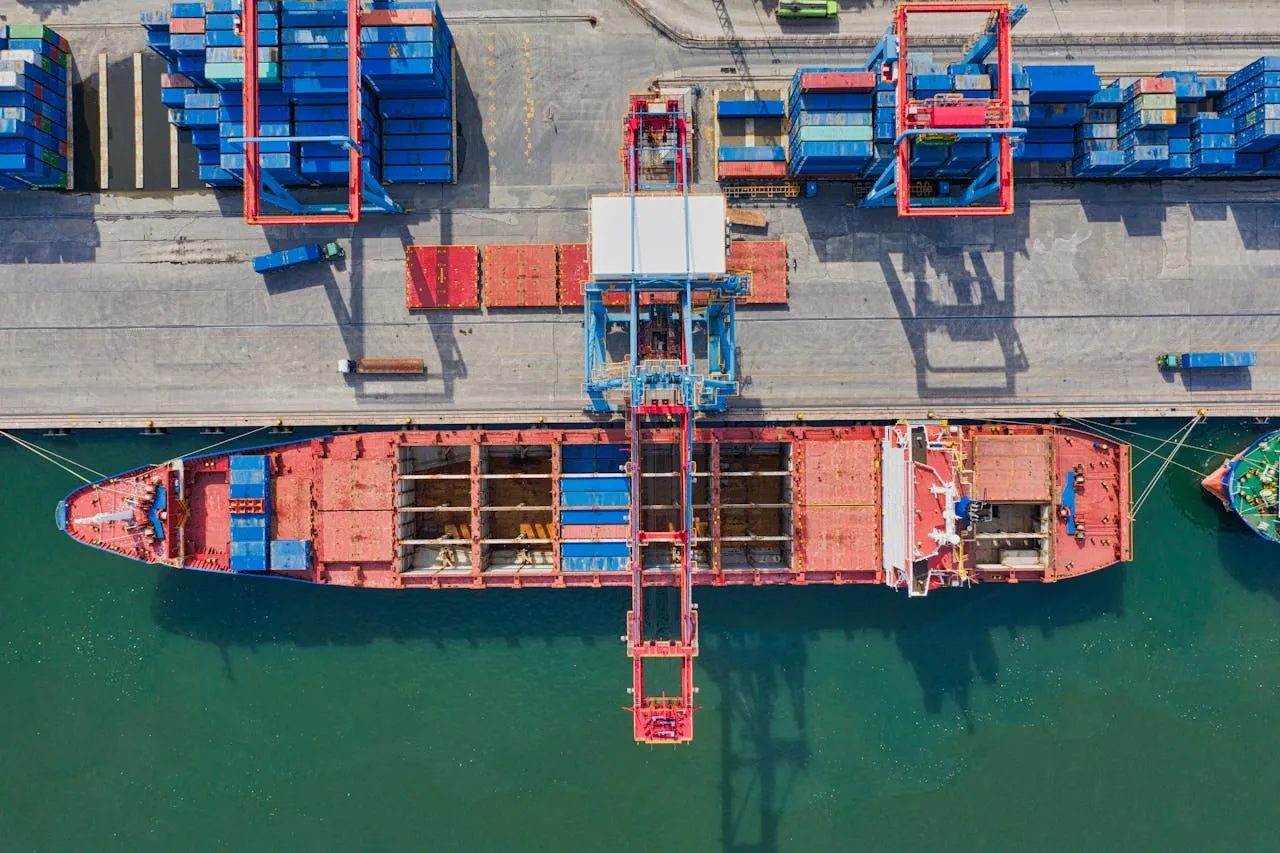
Hanwha Shipping Bolsters U.S. Shipbuilding with Historic Tanker and LNG Orders
Hanwha Shipping, the U.S. subsidiary of South Korea’s Hanwha Ocean, has placed a groundbreaking order for 10 medium-range (MR) oil and chemical tankers from its affiliate, Hanwha Philly Shipyard. The ships, designed to handle crude oil, refined petroleum, and chemical transport, are set to revitalize the U.S. Jones Act fleet—which mandates vessels to be U.S.-built, owned, and crewed for domestic shipping routes. The first of these tankers is expected to be delivered by early 2029, marking a significant expansion of American maritime capacity .
This order represents the largest U.S. commercial vessel contract in over two decades—as well as the highest-value seen at a U.S. shipyard in recent history . It not only strengthens the Jones Act fleet but serves as a significant boost to the U.S. defense industrial base, enhancing capabilities for domestic and export markets .
Adding to this momentum, Hanwha Shipping has exercised an existing option to commission a second LNG carrier, following its breakthrough contract for the first U.S.-ordered, export-ready LNG ship in nearly 50 years . With this new order, the U.S. LNG carrier pipeline has surged to its highest volume since the 1970s .
Driving Jobs, Skills, and Industrial Renewal
These orders are expected to create thousands of advanced manufacturing jobs across America. President & CEO of Hanwha Shipping, Ryan Lynch, emphasized that Hanwha’s investment in revitalizing Philly Shipyard brings sophisticated Korean shipbuilding technology and builds long-term U.S. industrial capability .
Since acquiring the shipyard for $100 million in late 2024, Hanwha has committed to a comprehensive $5 billion infrastructure expansion, part of South Korea’s broader $150 billion “Make America Shipbuilding Great Again” (MASGA) initiative. This upgrade includes additional docks, quays, and a new block assembly facility—poised to elevate annual ship production from fewer than two vessels to as many as 20 .
A Joint-Build Model for Expertise Transfer
Hanwha is pioneering a joint-build model: initial ship construction will occur at its advanced Geoje shipyard in South Korea, followed by final outfitting, U.S. Coast Guard compliance, and certification at Philly Shipyard. This model ensures critical U.S.-compliance while transferring shipbuilding expertise and supply chains to the domestic workforce .
The LNG carriers, featuring modern propulsion and containment systems, will support U.S. LNG export strategies and energy security. They are designed to meet upcoming regulatory requirements mandating a percentage of U.S. LNG exports be transported on U.S.-built vessels .
Aligning with National Strategy and Global Market
These developments align closely with U.S. policy efforts to revitalize maritime infrastructure and enhance energy resilience. Under newly signed mandates, starting in 2029, U.S. LNG exports must increasingly be shipped on U.S.-flagged, domestically built vessels, boosting demand for locally manufactured ships .
Moreover, this expansion dovetails with broader geopolitical initiatives, such as South Korea’s MASGA scheme, aimed at reinvigorating U.S. shipbuilding, strengthening defense ties, and countering maritime competition from China .
Beyond Commercial Orders: Expanding Naval and MRO Potential
Hanwha’s ambitions extend into defense and maintenance operations. Through its alliance with the U.S. Navy, Hanwha Ocean is building a Maintenance, Repair & Overhaul (MRO) ecosystem—partnering with domestic firms to support naval readiness and Indo-Pacific maintenance needs .




